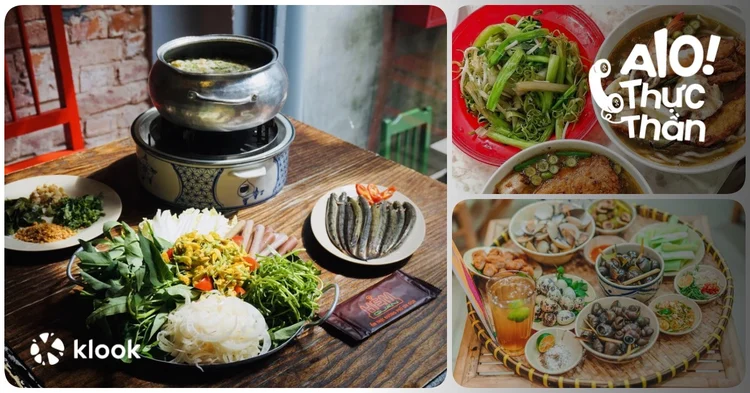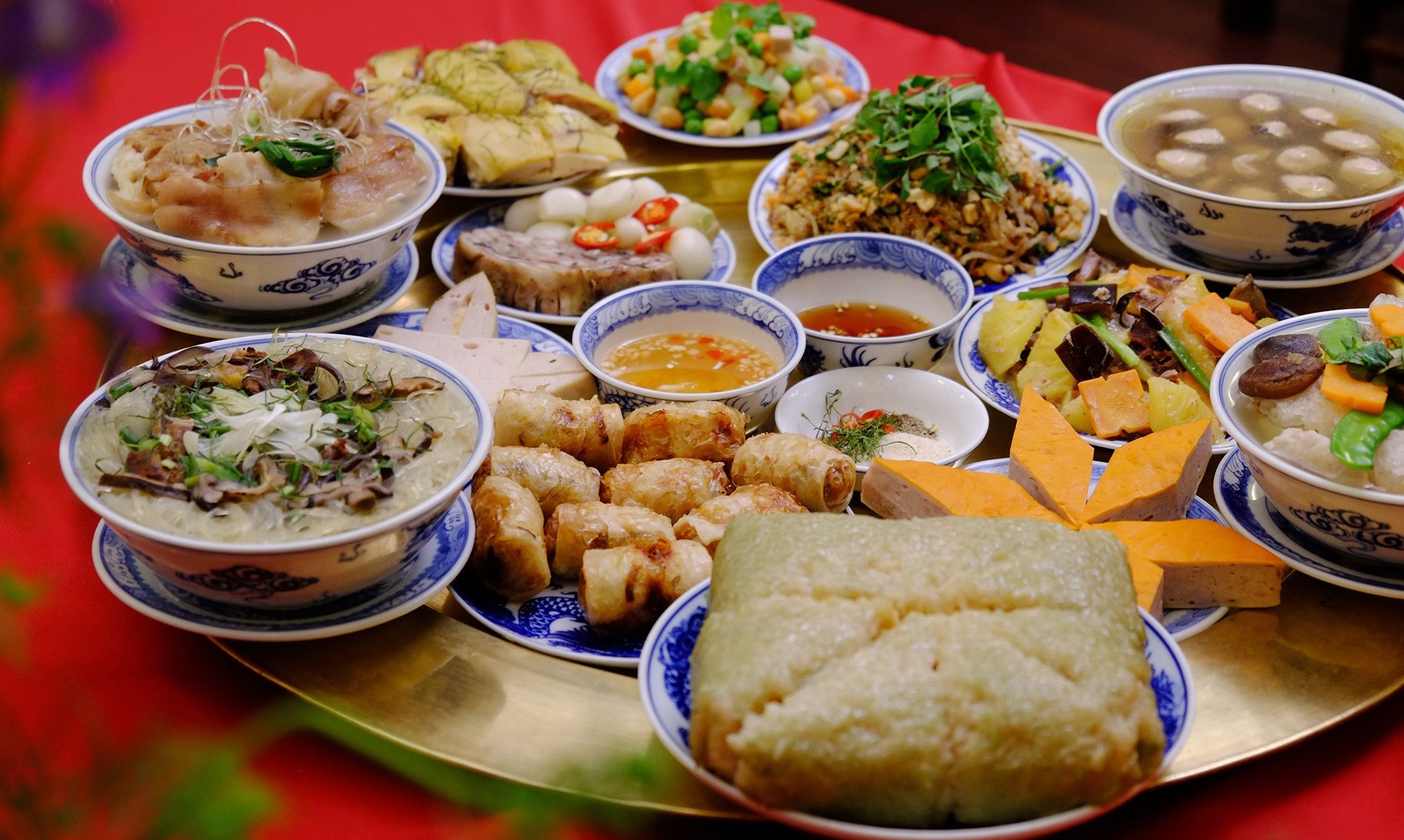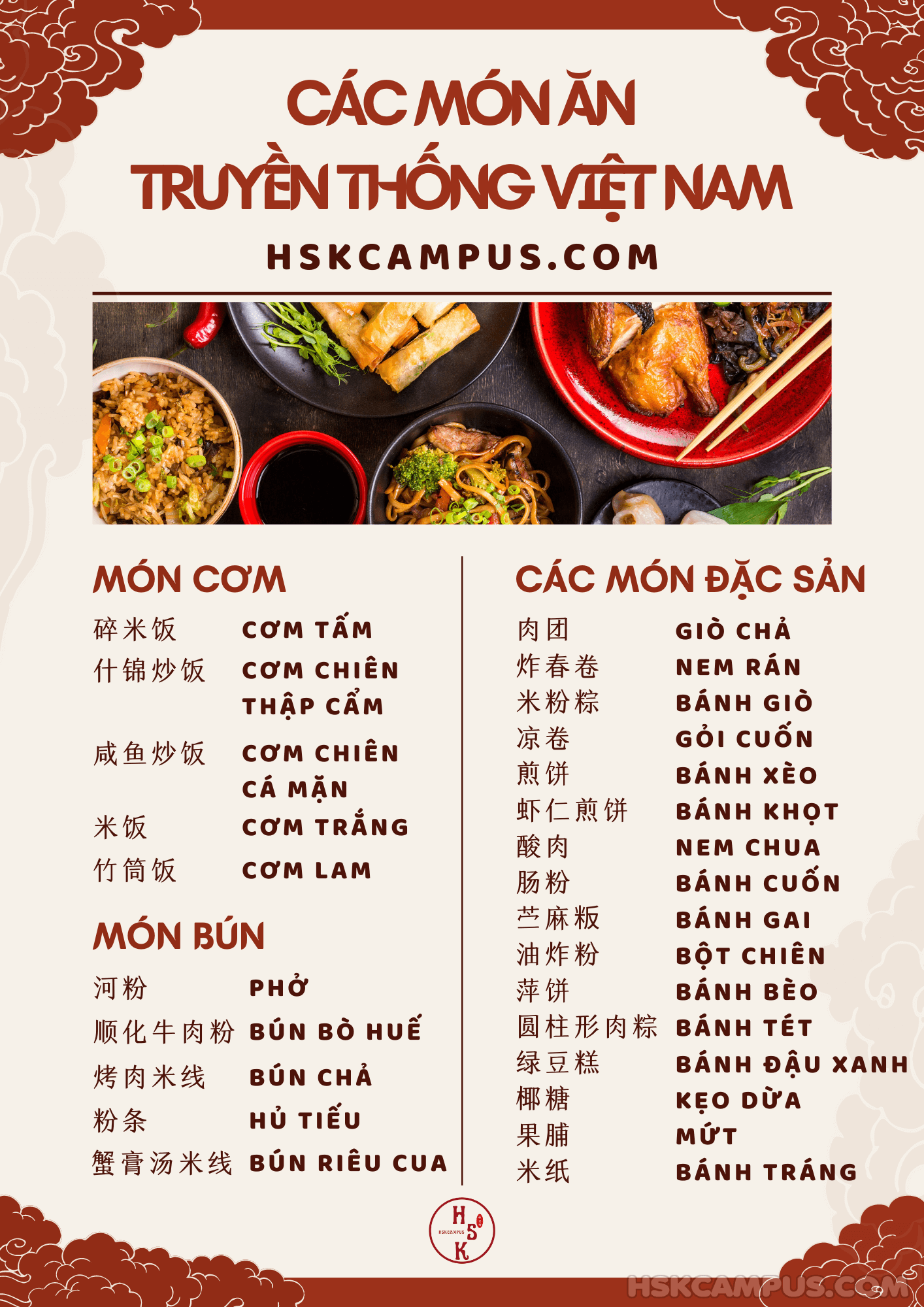No products in the cart.
Blog
Khám Phá Trọn Vẹn ẩm Thực Nhật Bản: Từ Món ăn Truyền Thống đến Hiện đại
[

Khám Phá Trọn Vẹn Ẩm Thực Nhật Bản: Từ Món Ăn Truyền Thống Đến Hiện Đại

Introduction:

Japan, a land of ancient traditions and modern marvels, boasts a culinary landscape as diverse and captivating as its culture. From the delicate artistry of sushi to the hearty warmth of ramen, Japanese cuisine offers a sensory symphony unlike any other. This exploration delves into the heart of Japanese gastronomy, uncovering its rich history, diverse regional variations, and the innovative culinary trends shaping its future. Prepare to embark on a delicious journey, uncovering the secrets behind some of the world’s most beloved and respected dishes. Get ready to satisfy your curiosity and awaken your taste buds!
Món Ăn Truyền Thống Nhật Bản: Tinh Hoa Văn Hóa
Traditional Japanese cuisine is more than just food; it’s a reflection of the country’s deep-rooted history, philosophy, and respect for nature. Centuries of culinary refinement have resulted in dishes that are not only delicious but also aesthetically pleasing, emphasizing balance and harmony.
- Kaiseki: A multi-course haute cuisine experience, showcasing seasonal ingredients and meticulous presentation. Think artistic plating and an emphasis on seasonal freshness.
- Sushi: Globally renowned, sushi encompasses a wide variety of preparations, from simple nigiri to elaborate chirashi bowls. The quality of the rice, vinegar, and fish is paramount.
- Tempura: Lightly battered and deep-fried seafood and vegetables, showcasing the delicate art of achieving a crispy exterior and a soft, succulent interior. The quality of the oil and the timing of the frying are crucial.
- Soba & Udon: These noodle dishes, made from buckwheat and wheat flour respectively, offer comforting warmth and hearty flavors. Different broths and toppings create a huge variety of styles.
- Ramen: A beloved national comfort food, ramen boasts regional variations in broth, noodles, and toppings. A truly customizable culinary experience.
- Washoku: This encompassing term describes the traditional Japanese cuisine and its accompanying culture, including etiquette and presentation. A true cultural experience, encompassing much more than just food.
Sự Phát Triển Của Ẩm Thực Nhật Bản Hiện Đại: Sự Kết Hợp Độc Đáo
Modern Japanese cuisine builds upon its rich heritage while embracing innovative techniques and global influences. It’s a vibrant fusion of tradition and modernity, showcasing the creativity and adaptability of Japanese chefs.
- Fusion Cuisine: Blending traditional Japanese techniques with international flavors, creating exciting and unexpected combinations. Think modern takes on classic dishes.
- Molecular Gastronomy: Utilizing scientific principles to create innovative textures and presentations, pushing the boundaries of culinary creativity. Expect foams, spheres, and other surprising textures.
- Fine Dining Restaurants: These establishments showcase the highest level of culinary artistry, utilizing top-quality ingredients and innovative techniques. A truly unforgettable dining experience.
- Street Food: From takoyaki to okonomiyaki, street food offers a glimpse into the everyday culinary landscape, representing the approachable side of Japanese food. Great value for money and a taste of daily life.
- Wagyu Beef: Known for its unparalleled marbling and tenderness, Wagyu beef is a symbol of Japanese culinary excellence. A luxurious experience.
- New Culinary Trends: The constantly evolving food scene sees new trends emerge, keeping the Japanese food world exciting and ever-changing. Always something new to explore!
Các Vùng Miền Và Đặc Sản Ẩm Thực: Sự Đa Dạng Vùng Miền
Japan’s diverse geography and regional cultures contribute to a rich tapestry of culinary specialties. Each region boasts its own unique ingredients and culinary traditions, reflecting the land’s bounty and the people’s ingenuity.
- Hokkaido: Known for its seafood, particularly crab and scallops, and its dairy products. Expect hearty, fresh dishes.
- Tohoku: Famous for its noodles, particularly cold ramen variations, and its hearty seafood dishes. Strong, flavorful options abound.
- Kanto: The culinary heart of Japan, featuring a vast range of dishes from traditional to modern. The widest variety of tastes and options.
- Kansai: Famous for its delicate and refined cuisine, known for its use of dashi and seasonal ingredients. A more delicate, subtle flavor palette.
- Chugoku: Features a blend of traditional and modern dishes, drawing inspiration from the region’s rich history and agriculture. A mix of the old and the new.
- Shikoku: A region known for its unique local ingredients and dishes, such as fresh seafood and citrus fruits. A more regional, less common variety of dishes.
Đồ Uống Truyền Thống Nhật Bản: Từ Trà Đến Rượu Sake
Japanese beverages are as integral a part of the culinary experience as the food itself. From the ritualistic tea ceremony to the celebratory sake toast, drinks are deeply intertwined with Japanese culture and tradition.
- Sake: A fermented rice beverage, sake comes in a wide variety of styles, from crisp and dry to rich and sweet. A complex beverage with many styles to sample.
- Japanese Tea: From matcha to sencha, Japanese tea offers a spectrum of flavors and aromas, deeply connected to Japanese culture and tradition. A very cultural experience.
- Umeshu: A plum wine, umeshu offers a sweet and tart flavor profile, often enjoyed as a digestif. A delicious post-meal beverage.
- Shochu: A distilled spirit, shochu comes in various flavors and strengths, offering a diverse range of options. Very versatile, used in cocktails or neat.
- Japanese Beer: While not traditionally Japanese, Japanese breweries produce some highly regarded beers. Excellent quality.
Văn Hóa Ăn Uống Nhật Bản: Lễ Nghi Và Phong Tục
Understanding Japanese dining etiquette is essential for a truly immersive culinary experience. Respect for food, ingredients, and fellow diners is paramount.
- Chopsticks Etiquette: Proper chopstick use is a key aspect of Japanese dining etiquette. Avoid sticking chopsticks upright in rice, for example.
- Sharing Dishes: Many dishes are designed for sharing, promoting a communal and convivial dining experience.
- Respect for Ingredients: Japanese cuisine emphasizes using high-quality ingredients and minimizing waste.
- Bowing: A bow is a common greeting and sign of respect in Japanese culture, and is appropriate in dining settings.
- Slurping Noodles: Slurping noodles is considered a sign of appreciation and enjoyment.
- Saying “Itadakimasu” and “Gochisōsama deshita”: These phrases are commonly used before and after a meal, respectively, expressing gratitude for the food.
| Category | Key Aspect | Description |
|---|---|---|
| Traditional Cuisine | Kaiseki | Multi-course haute cuisine showcasing seasonal ingredients and meticulous presentation. |
| Modern Cuisine | Fusion Cuisine | Blending traditional Japanese techniques with international flavors. |
| Regional Specialties | Hokkaido Seafood | Known for its fresh seafood, particularly crab and scallops. |
| Traditional Drinks | Sake | Fermented rice beverage with a wide variety of styles. |
| Dining Etiquette | Chopsticks Etiquette | Proper chopstick use is essential in Japanese dining culture. |
Conclusion:
Exploring the world of Japanese cuisine is a journey that satisfies not only the palate but also the soul. From the meticulous artistry of traditional dishes to the innovative spirit of modern culinary trends, Japanese gastronomy offers an unparalleled richness and depth. This exploration has only scratched the surface of this vast and captivating culinary landscape. So, go forth, explore, and discover the delicious wonders of Japanese food for yourself. Your taste buds will thank you!
Keyword Tags: Japanese Cuisine, Traditional Japanese Food, Modern Japanese Food, Regional Japanese Dishes, Japanese Dining Etiquette
]

Bài viết hay quá! Mình thích nhất phần giới thiệu về món ăn truyền thống. Tuyệt vời! Đọc xong muốn đặt vé đi Nhật ngay và luôn!
Chán chết! Bài viết dài dòng, lan man, thông tin không có gì mới mẻ cả. Tốn thời gian đọc vô ích.
Thêm thông tin về giá cả các món ăn và địa điểm thưởng thức sẽ hữu ích hơn đó nha. Mình thấy bài viết thiếu phần này.
Tôi không đồng ý với quan điểm của tác giả về sushi. Sushi không chỉ là món ăn đơn giản như bài viết đã nêu. Nó là cả một nghệ thuật ẩm thực! Tác giả cần nghiên cứu thêm!
Ôi, khám phá trọn vẹn ẩm thực Nhật Bản cơ à? Hay lắm, đọc xong bài viết mình vẫn đói meo! Chắc phải đi ăn mì ramen ngay thôi.
Bài viết hay thật đấy! Tuyệt vời ông mặt trời! À không, ý mình là… tuyệt vời! (Sarcasm)
Haha, đọc xong bài viết mà mình tưởng tượng ra cảnh mình đang ngồi ở Nhật, ăn sushi no căng bụng, rồi bị mèo Nhật nhảy lên bàn ăn ké nữa chứ! Cười muốn xỉu!
Bài viết rất chi tiết và đầy đủ thông tin. Tuy nhiên, một số hình ảnh minh họa hơi nhỏ, khó nhìn. Mong tác giả cải thiện ở những bài viết sau nha.
Tôi thấy bài viết này tuyệt vời! Nó đã mở mang tầm mắt của tôi về ẩm thực Nhật Bản. Tôi sẽ giới thiệu cho bạn bè của tôi.
Bài viết này chả có gì hay cả. Mình đọc trên mạng nhiều bài hay hơn nhiều rồi. Thật sự rất thất vọng.